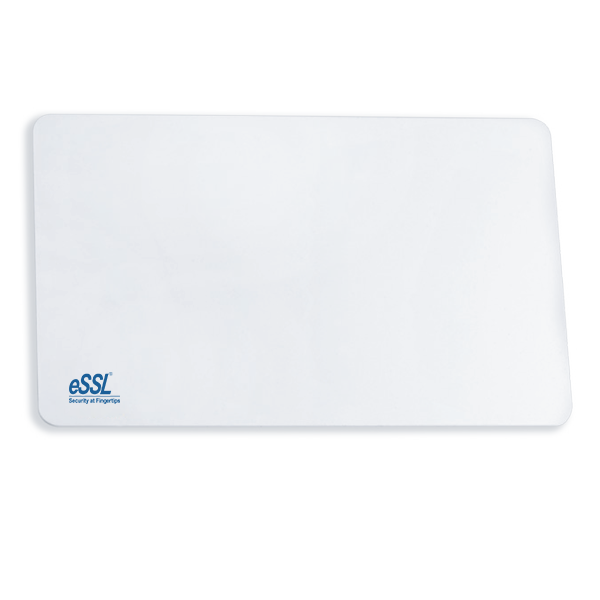Ultra High Frequency (UHF) tags, also known as RFID tags, are small devices that are used for tracking and identifying objects. They work by emitting radio waves, which can be picked up by a reader or scanner. UHF tags have become increasingly popular in recent years, and are now used in a wide range of applications, from inventory management and asset tracking to supply chain management and access control.
One of the key advantages of UHF tag is their ability to transmit data over long distances. Unlike other types of RFID tag, which operate at lower frequencies and have a limited range, UHF tags can be read from several meters away. This makes them ideal for use in large warehouses and distribution centers, where it may be difficult or impractical to physically locate and scan individual items.
Another advantage of UHF tags is their speed and efficiency. Because they can be read from a distance, UHF tag can be scanned quickly and easily, without the need for manual intervention. This can help to speed up processes such as inventory management and asset tracking, and can also reduce the risk of errors or discrepancies.
UHF tags are also highly versatile, and can be used in a wide range of applications. They can be attached to almost any type of object, from individual items of inventory to shipping containers and pallets. This makes them ideal for use in supply chain management, where they can be used to track the movement of goods from one location to another.
One potential disadvantage of UHF tag is their cost. While they are relatively inexpensive when purchased in bulk, the cost of individual tags can add up quickly, particularly for smaller businesses or organizations. Additionally, the cost of implementing a UHF tag system may be higher than that of other types of RFID systems, due to the need for specialized equipment and software.
